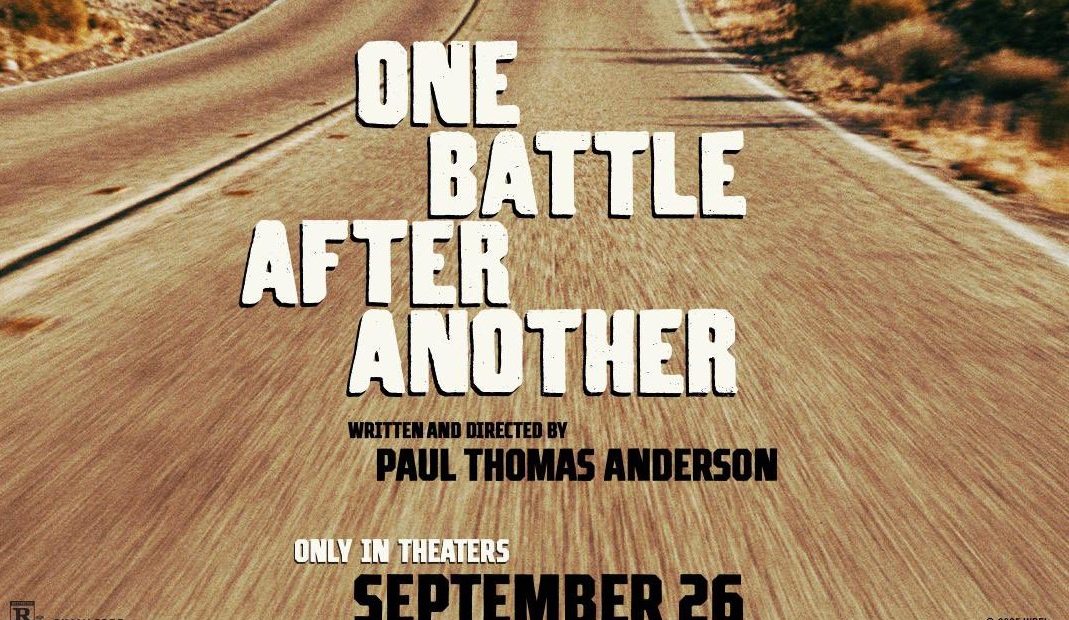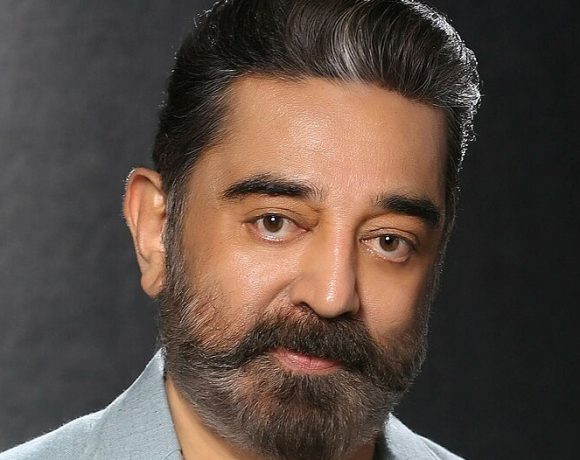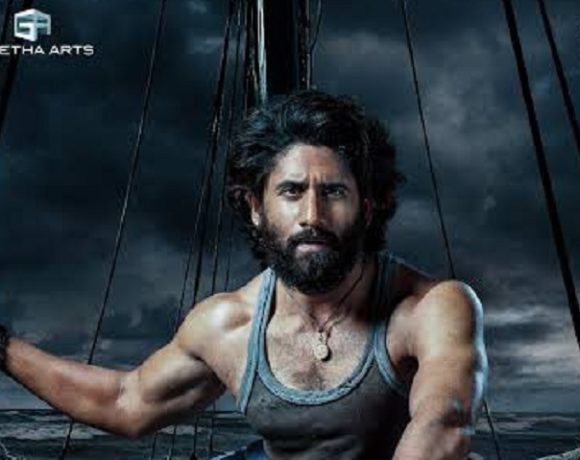
One Battle After Another – Movie Review
Paul Thomas Anderson’s One Battle After Another is an audacious blend of dark comedy, political satire, and action spectacle that cements his reputation as one of modern cinema’s boldest directors. Running at nearly three hours, the film refuses to settle into one genre, instead shifting between screwball farce, paranoid thriller, and tender family drama. It is messy, sprawling, and often overwhelming—but also brimming with energy and invention.
At the center is Leonardo DiCaprio’s performance as Bob, a former revolutionary now weighed down by paranoia and regret. His journey to rescue his daughter Willa (Chase Infiniti) from the clutches of old enemies gives the film its emotional spine. DiCaprio’s portrayal is one of his most layered in recent years, capturing both desperation and devotion. Chase Infiniti proves a revelation, bringing strength and vulnerability in equal measure. Sean Penn delivers a menacing turn as Lockjaw, a villain whose reappearance reignites past battles, while Benicio Del Toro infuses his eccentric character with unpredictability that lights up every scene.
The technical execution is equally striking. Anderson embraces the widescreen grandeur of VistaVision and IMAX, staging chase sequences and set pieces with meticulous craft. Jonny Greenwood’s score heightens the tension, oscillating between sharp paranoia and tender melodies. At times, however, the film’s sheer density of characters, subplots, and tonal shifts threatens to overwhelm the viewer. The narrative does not always flow smoothly, and some may find the political overtones too heavy-handed.
Yet these flaws are part of Anderson’s gamble, and for the most part, it pays off. One Battle After Another is as much about the chaos of modern politics and fractured ideals as it is about a father’s fight for his daughter. It is a film of contradictions—serious and absurd, chaotic and tender—but it leaves a lasting impression.
Rating: 4.4 out of 5


















